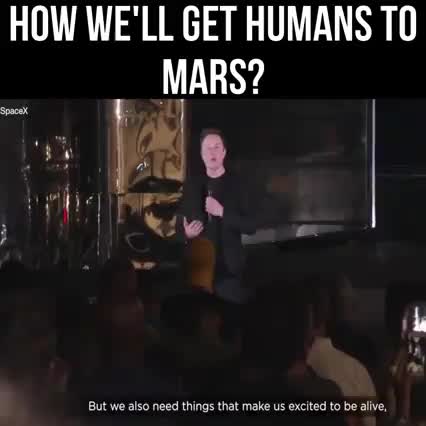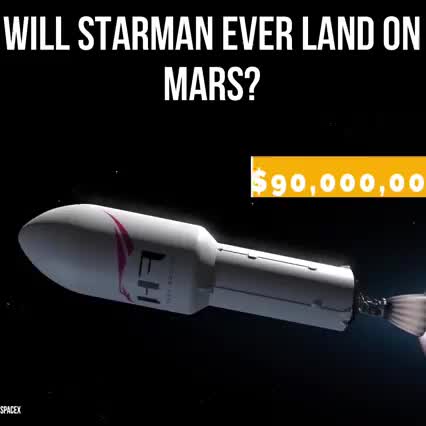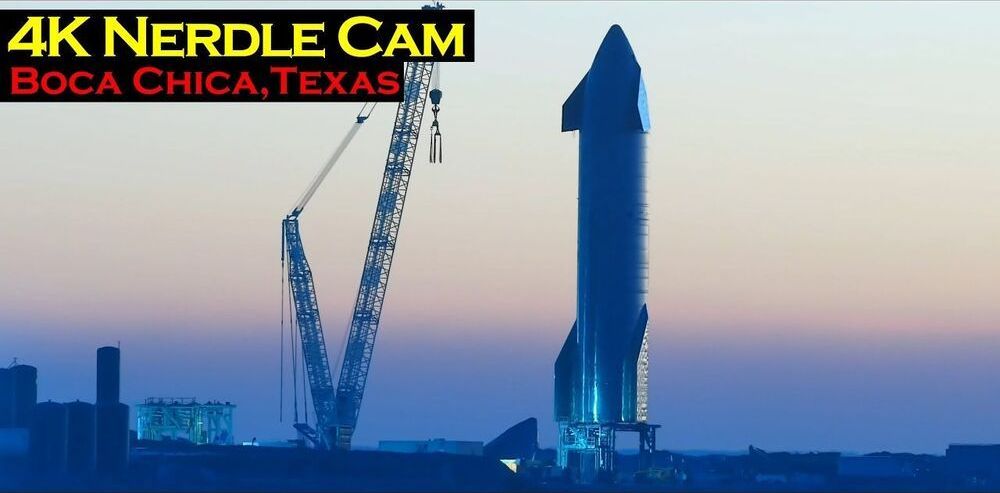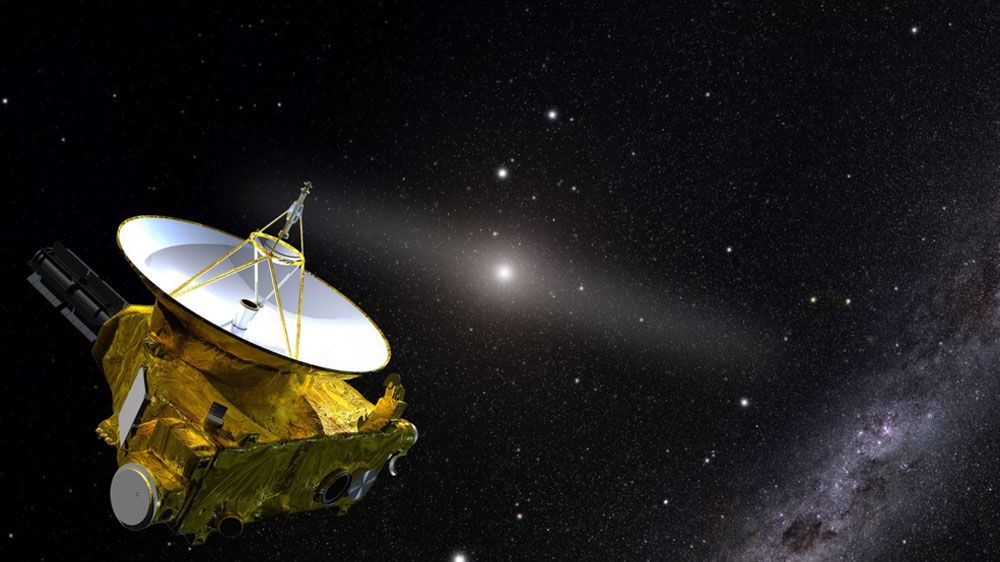Category: space travel – Page 264
Like.
The first private space flight led by Axiom with SpaceX is set to take off next year to the ISS during an eight day mission, carrying three civilians who each paid $55 million for their seat.
How we’ll get Humans to MARS?
Posted in space travel
On Tuesday, SpaceX plans to launch the latest prototype of its Starship spacecraft — a system that could one day carry humans to Mars. The prototype, called.
The first time SpaceX attempted such an ambitious Starship flight, the 16-story vehicle blew up. Seven weeks later, Elon Musk’s company is trying again.
NASA’s mission to the outer solar system has found more light than expected. That could mean more galaxies in the visible universe than we thought— or less, depending on who you talk to.
Point a telescope at a square of space and you’re liable to see something — stars, galaxies, interstellar gas. Now, subtract everything you already know about, and you ought to see nothing — black space. Right?
Wrong, according to scientists on the New Horizons team. The spacecraft that flew by Pluto, Charon, and another Kuiper Belt object named Arrokoth has now turned its camera to far-off vistas, only to discover that there’s more light there than we expected. That could have huge implications if it pans out, but tallying all the universe’s light sources gets a bit complicated.
This coating might prove useful for several sorts of applications.
Managing temperatures in particularly hot and sunny climates can be very difficult even today. You can use air conditioning to displace the heat from inside structures and vehicles, but it sucks up so much power and can generate pollution that ultimately makes temperature problems even worse.
We are targeting a two-hour test window that opens at 4 p.m. EST on Sat., Jan. 16, for the hot fire test of the NASA’s Space Launch System rocket core stage at our Stennis Space Center. The hot fire is the eighth and final test of the Green Run series, to ensure the core stage of the SLS is ready to launch NASA’s Artemis Program missions to the Moon. This will be the first time that all four RS-25 engines will be fired at once in order to simulate a launch, generating 1.6 million pounds of thrust.
Live coverage begins at 3:20 p.m. EST. Use the hashtag #AskNASA and your questions might be answered on air 🚀
The reusable spaceplane concept seemed to die with the end of NASA’s Space Shuttle. Could the spaceplane rise again in the 21st Century?









